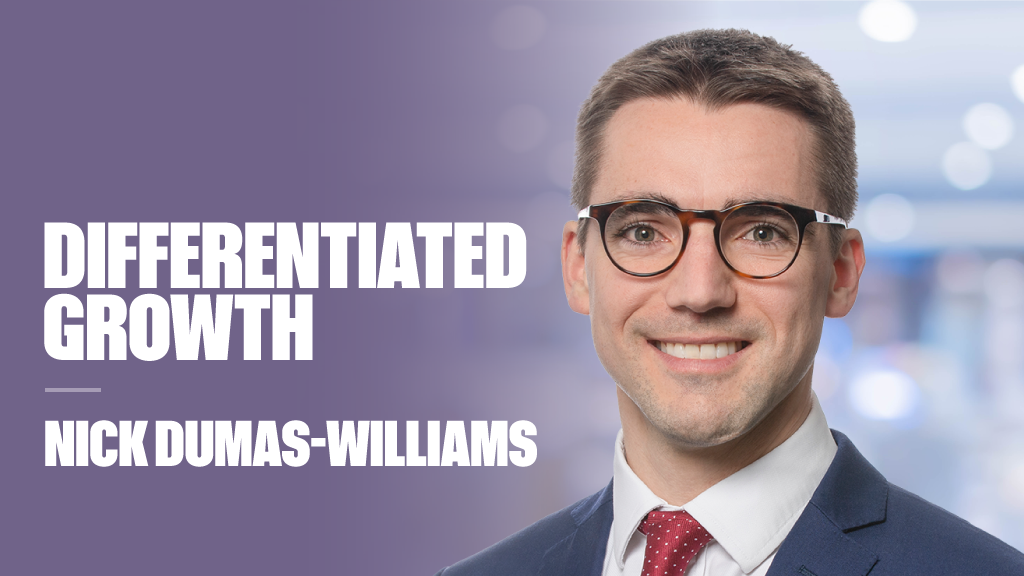Personally I don’t recall things getting this bad in any other year, and though I’m determined to ‘normalise’ the situation, unless things turnaround fast, I can probably kiss goodbye to my underwear contract.
I think my excuse has been the utterly dreadful weather, and the ‘hearty’ diet so needed to fend off depression. There is, however, another reason for the deterioration in performance. Late last year, having grown tired of my exorbitant gym membership, I tendered my resignation to the gym’s manager.
What followed was a fairly brief negotiation that resulted in my fee being cut roughly in half, and all for the loss of only a few minor privileges (there goes the tan). The reason this has had an impact is that, as a result of this reduced fee, I don’t feel sufficiently compelled to get off my behind and go to the gym. At least when I was paying through the nose I was motivated to get my money’s worth.
The upshot of all this is that reduced fees do not always translate into better value for money.
This is particularly the case when we look at the trade-off between selecting active or passive funds in order to attain our desired investment exposures. We are not, however, blind to the fact that active managers do not always justify their fees, and that passives can play a pivotal role in optimising portfolios – with respect to costs and performance. For that reason, we suggest the following rules of thumb for investors, which should help guide their decision when selecting an active or passive portfolio strategy.
Equities
We promote the use of passive funds in areas where we would like market exposure but do not feel we are compensated for the fees levied by active managers. As an example, this implies passively investing to gain US market exposure is a very worthwhile consideration:
• As this blog has discussed at length we like the US equity market story.
• Given the depth of analyst coverage of this universe, however, it is very difficult for active managers to find a sustainable advantage.
• We have relatively few high conviction active management ideas as a result. Indeed active managers are so prone to underperformance in this area that we have started referring to the US as ‘The Land of the Free…of Alpha’.
• Such is the liquidity of the market that large passive providers can drive ongoing annual costs down to as low as 0.09%
We prefer to avoid passive funds in areas where we are being rewarded for active management fees. This is typically the case in emerging markets and European equities.
Further to this, emerging market equity indices are dominated by state-owned enterprises (or at least heavily state influenced!). This includes resource companies such as Petrobras, Vale and Gazprom, but also much of the financial, telecom and utility sectors as well. Cost pressures and revenue pressures are acting in opposing directions due to state control, significantly impinging on profitability. Though these companies may be at cyclically low valuations, they are best avoided as a longer term investment strategy. By their very nature passive investments cannot underweight these sectors and will maintain a large absolute position to state owned enterprises.
Passive funds are, however, more likely to offer the opportunity to play country specific themes, given their lower costs and lower breakeven requirements for asset raising.
We also prefer to avoid passive investments in higher yielding areas. This is because passive funds generally employ a very simple yield criteria as a means to select investments i.e. those companies yielding above a fixed amount are included. This is a catch all approach, generating risks of exposing investors to value traps (the financial crisis for example). Active managers do not guarantee avoiding these same problems – but at least give investors a chance.
Fixed Income
We prefer to avoid most areas of the fixed income market when looking at passive investing. This is because passive funds are mandated to hold assets that fall within their benchmark, which is determined by credit ratings. Passive funds will, therefore, generally be the last to sell or buy assets as they fall out or enter their benchmark. Buying post upgrade and selling post downgrade is a poor investment strategy, with prices generally having moved well in advance of the rating change. This issue is compounded in more distressed areas of the fixed income market such as high yield.
Passive fixed income funds can, however, allow investors to play areas of the market that are not readily available from active managers. This includes targeting specific durations, credit quality, currency and sovereign exposures.
Commodities
Passives also make sense when looking to invest in precious metals. This is because precious metal passive funds are able to buy and store the physical commodity – meaning investors are exposed to the ‘spot price’ of the asset.
Passive exposure in broader commodities is not possible due to storage costs. Investments must be made via Futures and, therefore, gives rise to basis risk (a mismatch in performance of the future versus spot price).
Right, now to get back down to the gym to see if I can renegotiate a more expensive fee!











